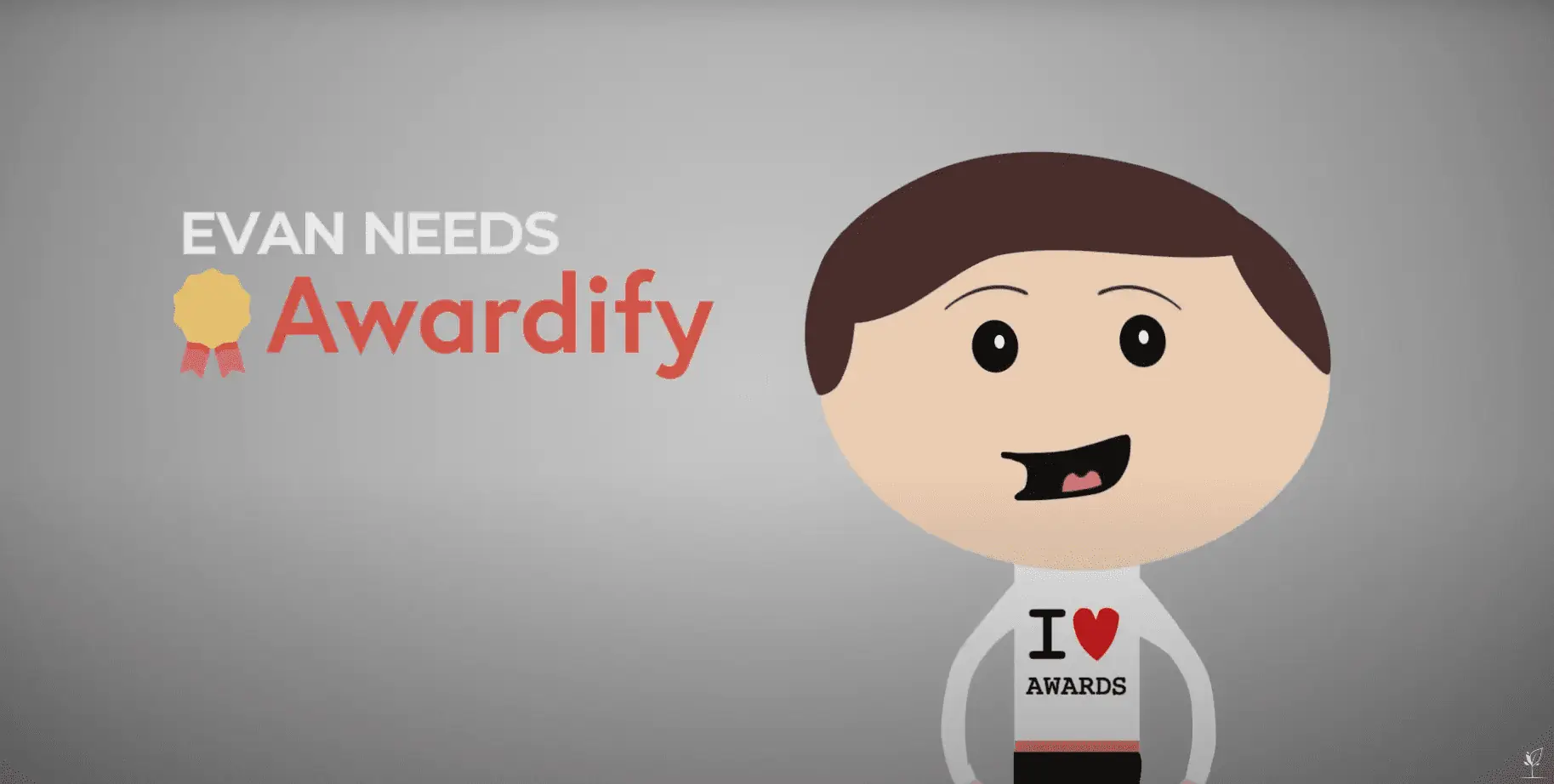What to Consider When Making Animated Explainer Videos
Animated explainer videos have become an increasingly popular tool for businesses to convey their message in an engaging and concise manner. They are effective at communicating complex ideas or products in a way that is entertaining and easy for the audience to understand. However, creating an animated explainer video requires careful planning and execution. Here are five things to consider when creating an animated explainer video:
- Define your message and audience: Before beginning the animation process, it’s important to define the message you want to convey and the audience you want to reach. What are the key points you want to communicate? Who is your target audience, and what are their interests and needs? What problems are they facing that your product or service can help solve? Understanding your audience is crucial to ensuring your video is relevant and engaging.
- Keep it simple and concise: One of the key benefits of animated explainer videos is their ability to simplify complex ideas. However, it’s important to keep the message and visuals simple and concise. The video should ideally be no longer than two minutes, and the visuals should be clear and easy to follow. Too much information or too many visuals can overwhelm the audience and distract from the message. The video should not be a detailed demo of your product or service; it should primarily show how your product or service provides an effective solution to a specific problem.
- Use engaging visuals and storytelling: Animated explainer videos are a great opportunity to use creative visuals and storytelling to capture the audience’s attention. Consider using characters, metaphors, or other creative elements to make the video more engaging. The story should be compelling and flow logically, with a clear beginning, middle, and end. In most cases, the end will include a clear call to action.
- Choose the right style and tone: The style and tone of the video should match the message and audience. Consider whether a humorous or serious tone is appropriate, and choose a style that is consistent with your brand and message. An animated explainer video lends itself well to humour and this approach should definitely be considered depending on what service or product you’re offering. It won’t always be applicable; for example, if you are promoting a financial product, a professional and informative tone may be more appropriate than a playful or humorous one. Design your video in such a way that it hooks the audience within the first few seconds. Attention spans online are short and your video will have limited effectiveness if it is not viewed in its entirety or close to it.
- Plan for distribution and promotion: Once the video is complete, it’s important to plan for its distribution and promotion. Consider where the video will be hosted and how it will be promoted on social media and other channels. The video should be easily shareable and optimized for search engines to maximize its reach and impact.




In conclusion, creating an animated explainer video requires careful planning and execution. Defining the message and audience, keeping it simple and concise, using engaging visuals and storytelling, choosing the right style and tone, and planning for distribution and promotion are all critical components to creating a successful video. By considering these factors, you can create an animated explainer video that effectively communicates your message and engages your audience, leading to positive results for your organization.